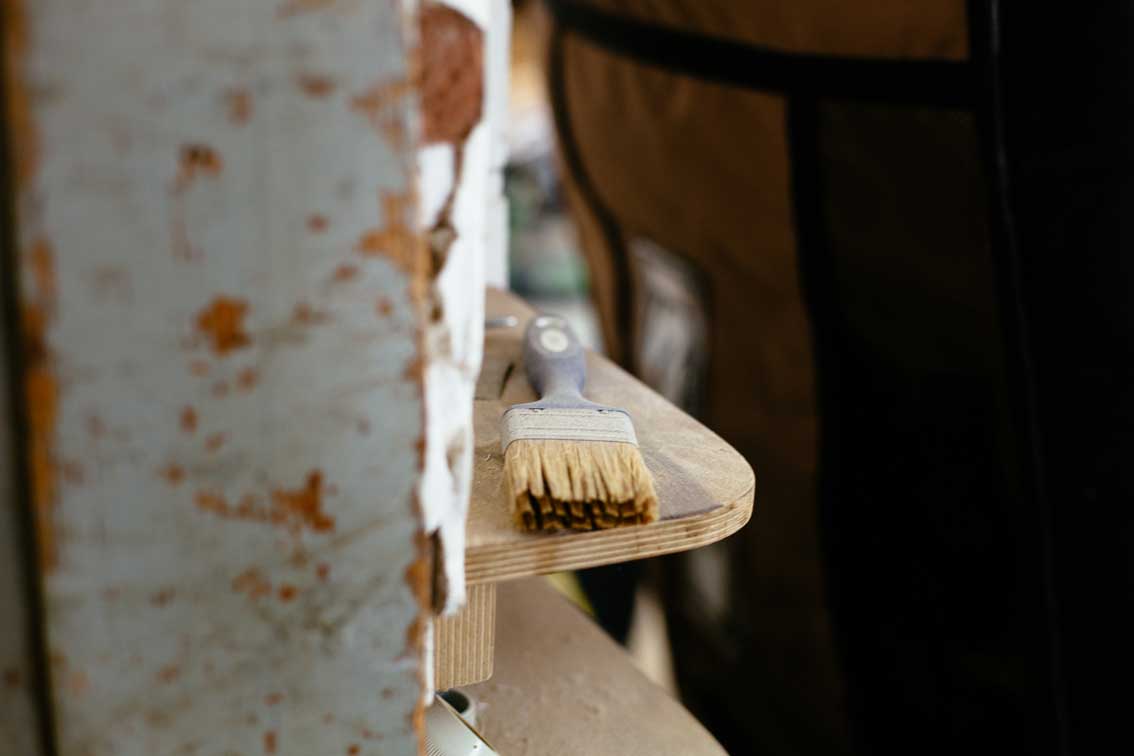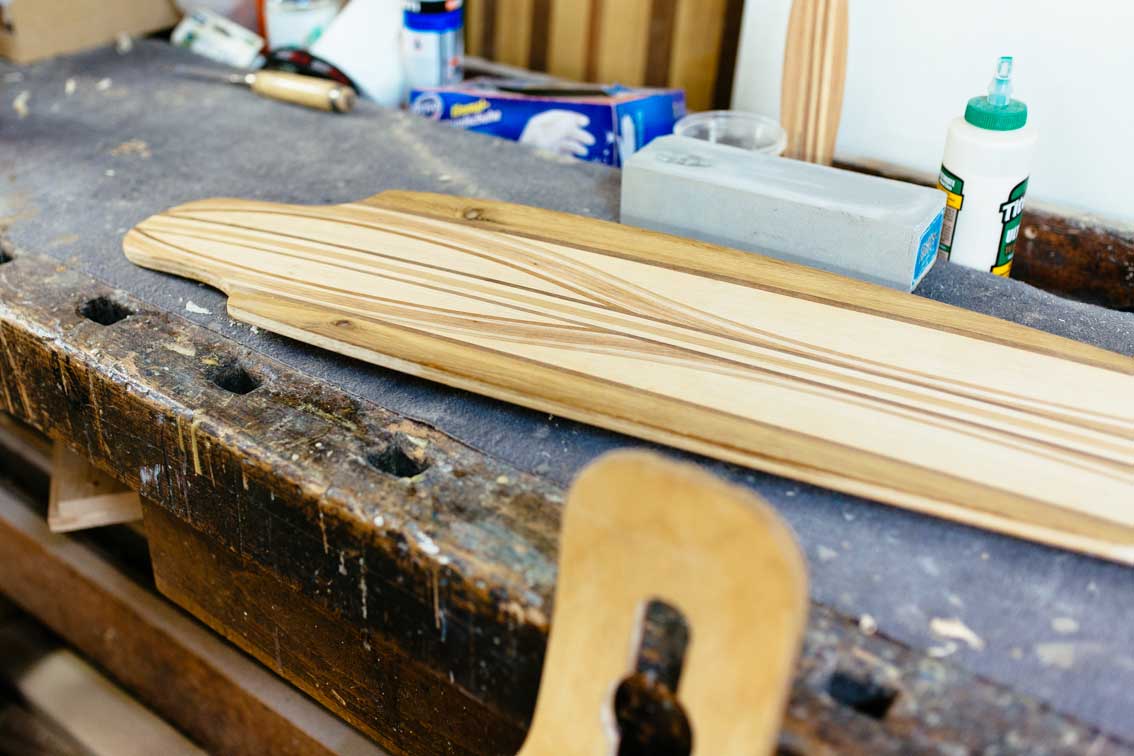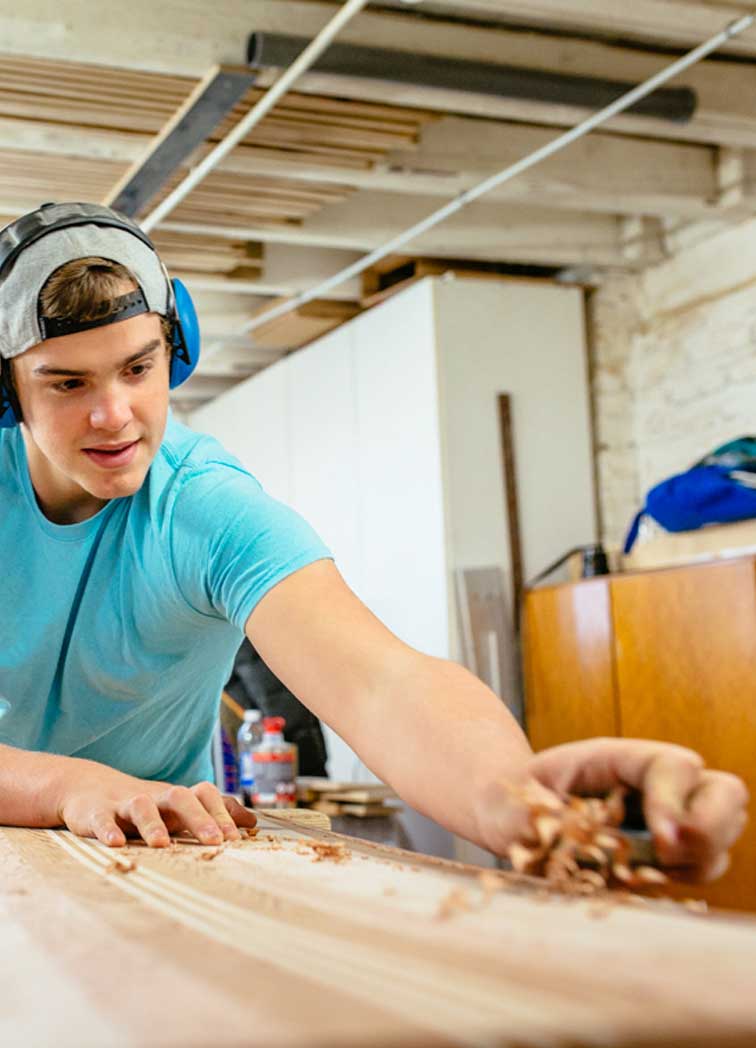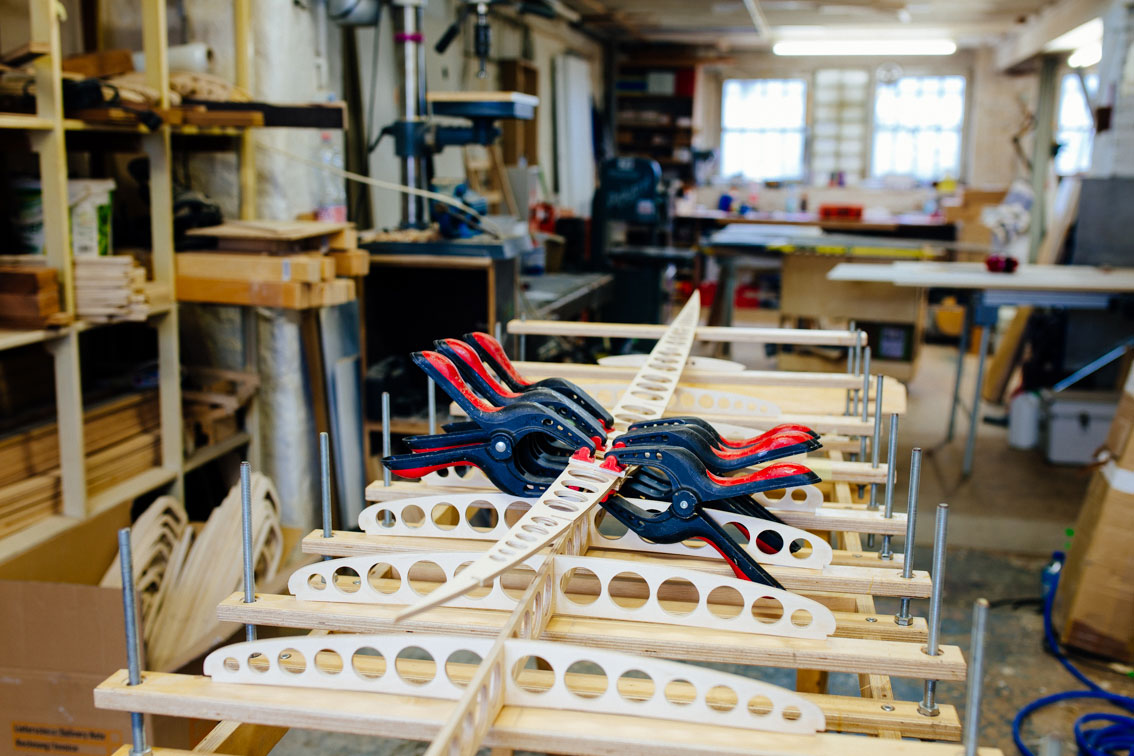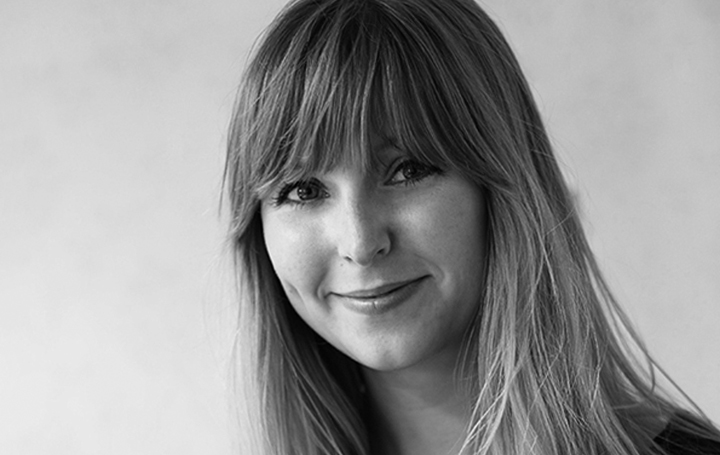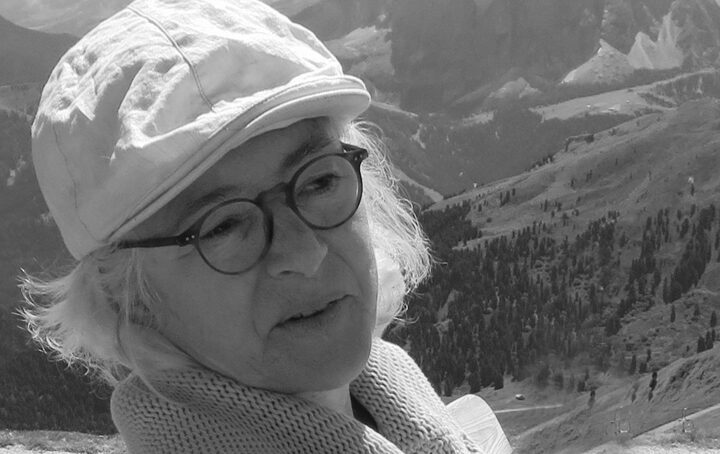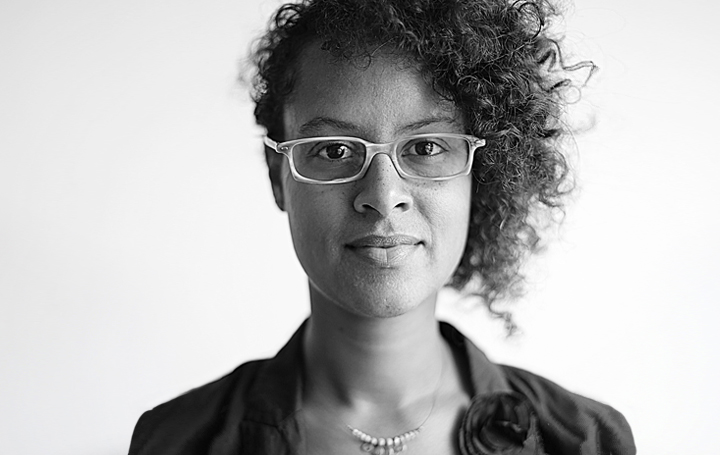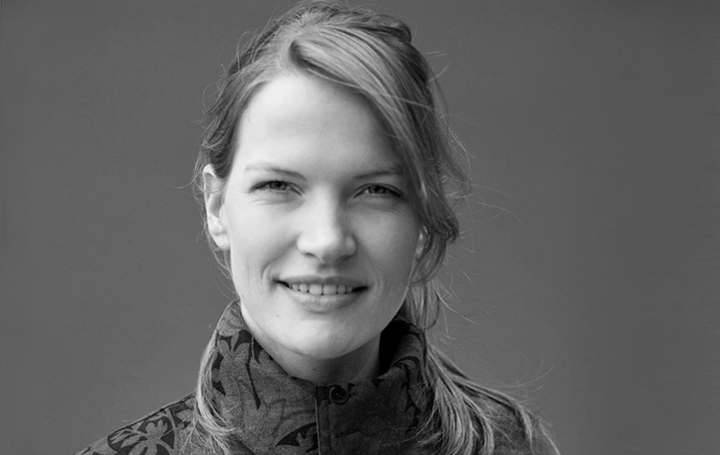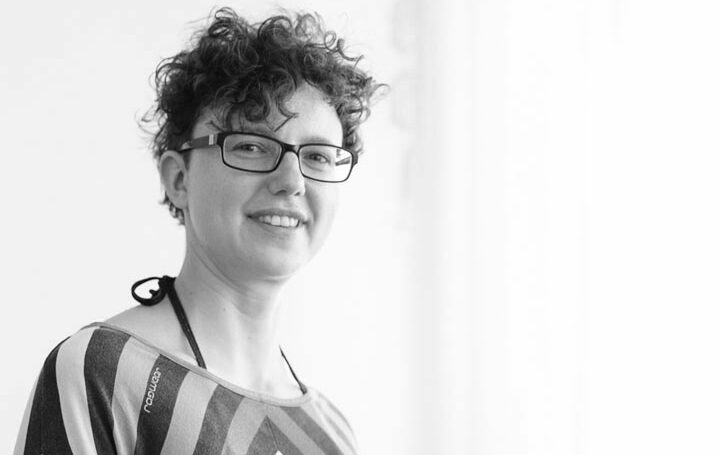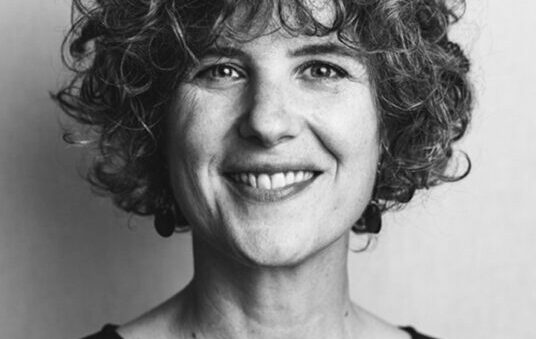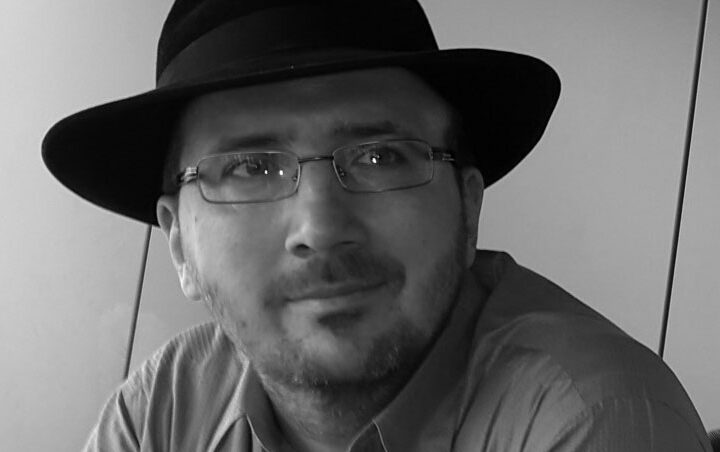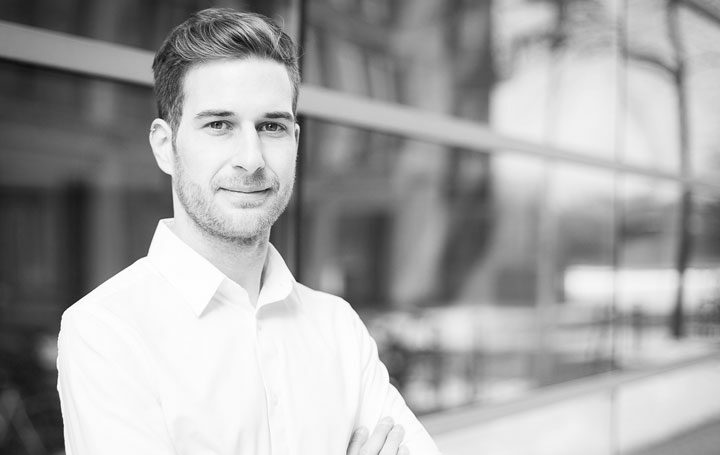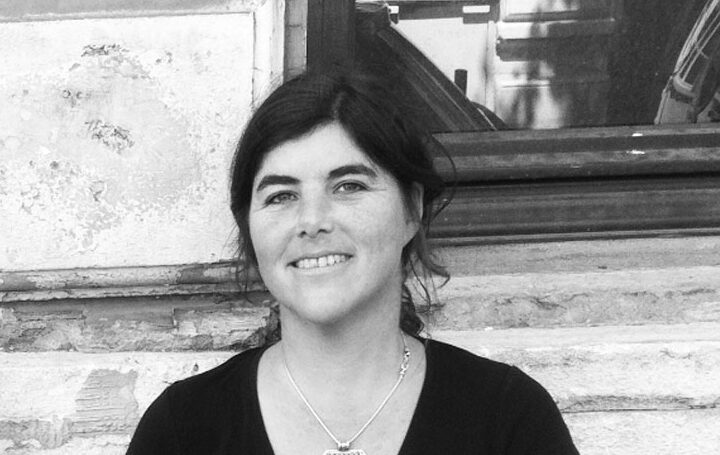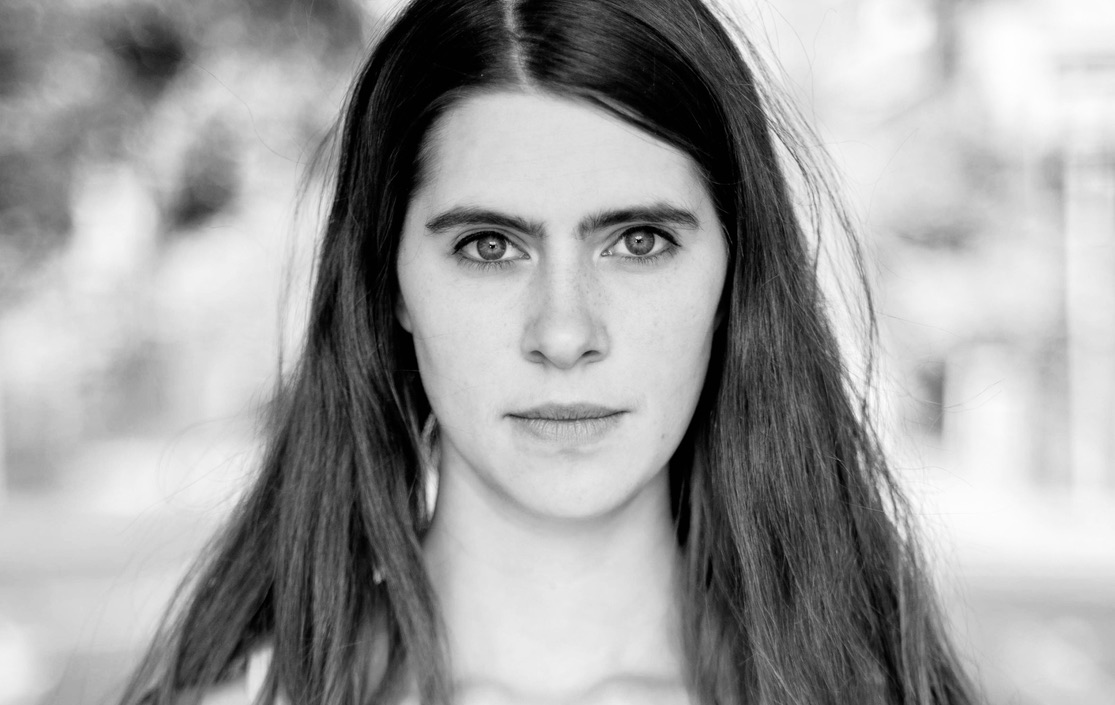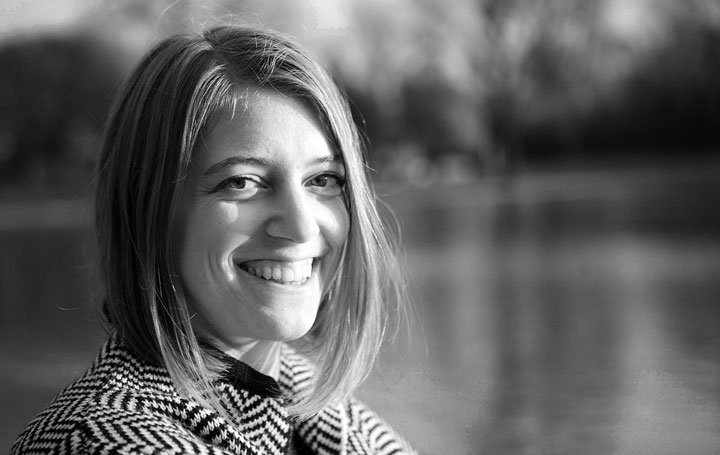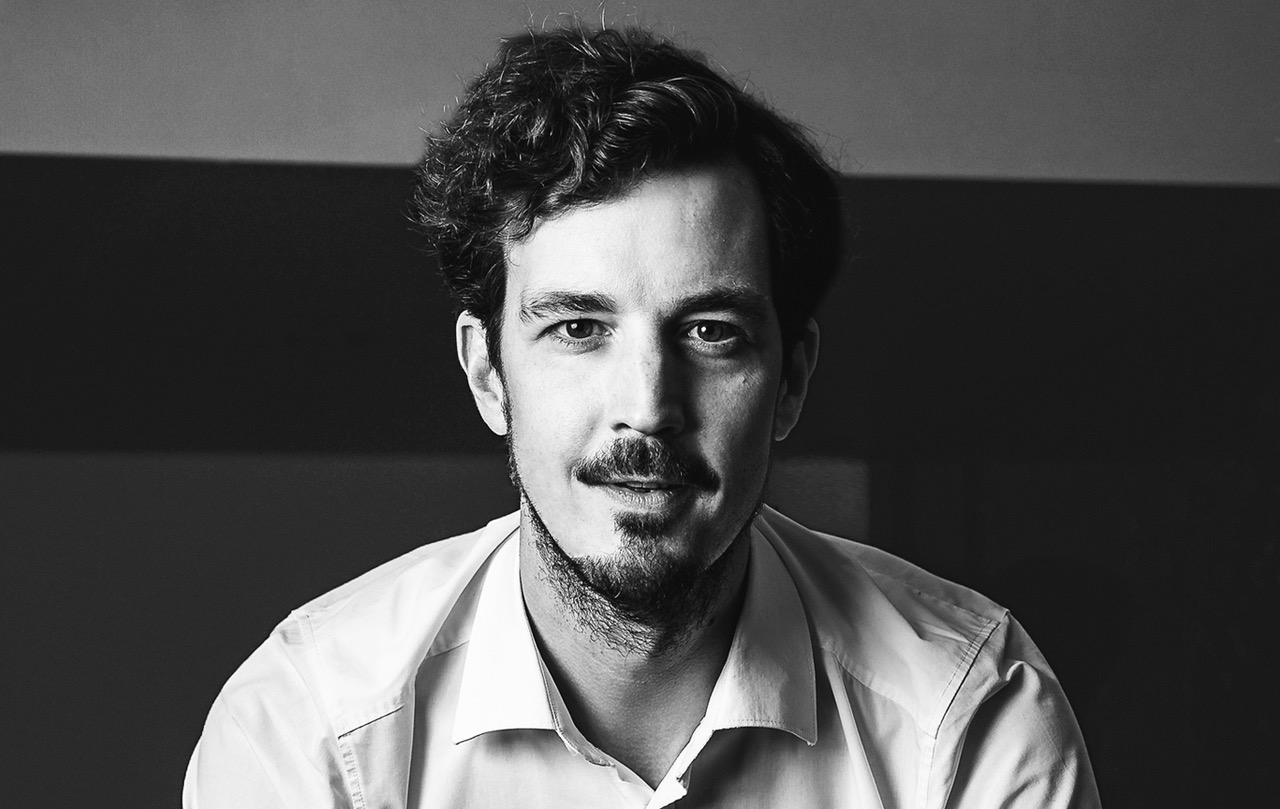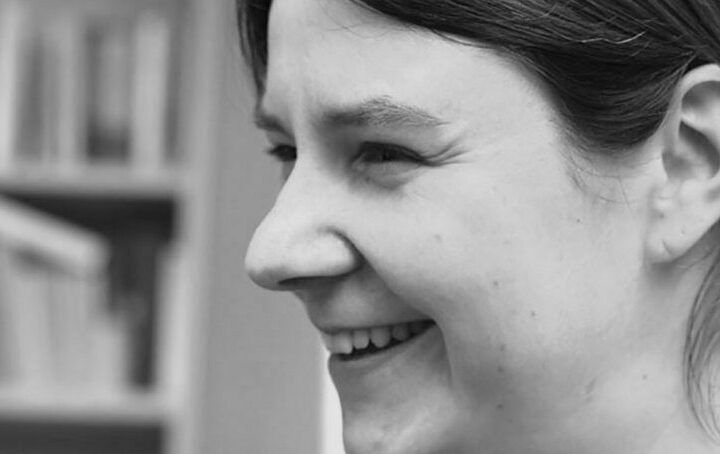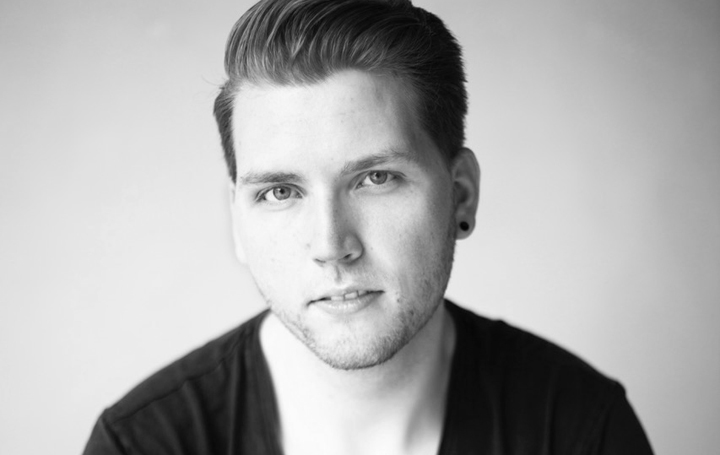wiederverwandt
15. Dezember 2016Trinkhallen Schickeria
17. Dezember 2016Facts
Designer: Martin Weiß
Label: BACKWOOD -sustainable-social-sports-supply-
Bereich: Produktdesign, Handwerk
gegründet: 2013
Ort: Aachen, Deutschland
Website: back-wood.de
Facebook: facebook.com/backwoodboards
Martin ist eigentlich Architekt und berichtet uns in einem Gespräch, wie sein Arbeitsleben eine Wendung nahm und er seine Leidenschaft zum Beruf gemacht hat. Wir haben ihn in seiner Werkstatt in Aachen besucht.
Durch Zufall bekam Martin 2009 die Möglichkeit, in einer arbeitstherapeutischen Werkstatt die ersten Surfbretter aus Holz zu bauen. Zu dieser Zeit war es eine Projektarbeit. Seit 2013 ist er nun in einer Werkstatt-Gemeinschaft in Aachen. Am Tag kümmert er sich viel um seine Kinder und ist entsprechend häufiger auch noch abends in der Werkstatt anzutreffen. Für die Zukunft wünscht er sich eine mobile Werkstatt zum Reisen oder eine direkt angeschlossene Ausstellungsfläche. Dann würde sein Arbeitsplatz auch eher wie eine Surflounge aussehen. Seine Qualität liegt im planerischen Teil, im CAD zeichnen und entwerfen. Das ist der akademische Teil des Entstehungsprozesses, der näher an der Architektur liegt. Im Gegensatz dazu findet er es spannend, die Dinge nicht nur zu planen, sondern das auch mit den eigenen Händen umzusetzen.
ökoRAUSCH: Warum Surfbretter?
Martin: Ich bin selbst leidenschaftlicher Surfer. Wellenreiten ist für mich ein Lebensgefühl, Passion und seit Jahrzehnten bestimmt es mein Leben. Es ist schon etwas ganz Besonderes, mit der Natur eins zu werden und die Energie der Sonne zu fühlen. Irgendwann dachte ich, es wäre günstiger ein Brett selbst zu bauen, anstatt es zu kaufen. Das ist bei den Ersten natürlich Blödsinn.
Wie verbindest du surfen mit Nachhaltigkeit?
2005 gab es eine große Debatte über Clark Foam, den damaligen Weltmarktführer in der Blankherstellung. Sie mussten schließen, weil sie die Umweltauflagen nicht erfüllen konnten. Das war ein Schock. Was muss wohl passieren, bis man in den USA ein Unternehmen aus diesem Grund schließen muss? Danach fingen viele an in Frage zu stellen, ob es sinnvoll ist, ein so umweltbelastendes Surfbrett zu nutzen, wenn man auf der anderen Seite die Einswerdung mit der Natur genießt.
Im Surfurlaub lebe ich sehr naturnah. Irgendwann fragte ich mich, warum ich etwas unter den Füßen habe, was nicht recycled werden kann und in der Herstellung sehr toxisch ist. Aus diesem Grund habe ich für mein Label eine Alternative zum Kunststoff gesucht und kam zum Holz. Surfbretter waren früher schon aus Holz und die Hohlbauweise, die ich bei meinen Brettern verwende, gibt es schon seit den 1920er Jahren. Kunststoff lässt sich sehr viel schneller und günstiger herstellen und hat dadurch die Holzbretter vom Markt vertrieben. Es ist spannend zu beobachten, dass Holzbretter jetzt wieder konkurrenzfähig werden.
Nachhaltigkeit ist auch in anderen Bereichen des Surfens angekommen. Es gibt einige Organisationen, die sich mit den umwelttechnischen Belangen rund ums Surfen auseinandersetzen, wie die „Surf Riders Foundation“ und „Surfers against Sewage“. Als Surfer ist man abhängig von guten Wellen und die Klimaerwärmung wird diese Bedingungen zerstören. Eine Auseinandersetzung mit Themen wie Umweltschutz und Nachhaltigkeit liegen entsprechend nah. Und trotzdem bleibt da zum Beispiel die Frage, wie man reist. Es gibt Leute, die fliegen mal eben nach Bali oder Indonesien, um dort drei Wochen zu surfen. Der Surftourismus in Indonesien ist außerdem nicht nachhaltig für die Menschen vor Ort. Oder man betrachtet die Industrie, die hinter dem Surfen steht, wie zum Beispiel die Klamottenfirmen, die alle in Asien produzieren. Bei manchen großen Firmen kommt das Thema Nachhaltigkeit bereits an. Patagonia und Finnisterre aus England haben Firmenkonzepte, mit denen ich mich identifizieren kann. Finnisterre legen alle Informationen über ihre Produktion offen und integrieren nachhaltige Aspekte in ihre Produktion.
Mit meinem Unternehmen möchte ich die Themen und Hintergründe wieder ins Bewusstsein bringen, angefangen mit den Holzbrettern. Ich sehe mich als Botschafter, den Leuten Nachhaltigkeit näher zu bringen. Die Bretter sehen dann auch noch wunderschön aus. In Europa war ich einer der ersten, die Holzbretter gebaut haben. Mittlerweile gibt es einige Hersteller auf dem Markt, was deutlich macht, dass das Produkt den Zeitgeist trifft.
Wie hoch sind die Kosten im Verhältnis zur Lebensdauer?
Die Spannweite der Kosten für ein Surfboard sind sehr hoch. In Asien produzierte PU/Polyester Bretter bekommt man auf Messen schon mal für 200€. Sobald die Bretter von bekannten Shapern gesighnt sind, bezahlt man auch gerne mal an die 1000€ für ein Brett. Der Marktanteil von PU/Polyester Konstruktionen ist nach wie vor sehr hoch. Laut der Zeitschrift Surfers haben diese Bretter eine durchschnittliche Lebensdauer von einem Jahr.
Zwar ist der CO2 Fußabdruck bei der Allternative aus EPS/Epoxy höher, dafür ist aber auch die Haldbarkeit mit fünf Jahren deutlich besser. Epoxydharz ist teuer und in der Produktion aufwendiger zu bearbeiten, weshalb der Marktanteil eher gering ist.
In letzter Zeit benutzt man Holz oft als Sandwich-Material. Dabei besteht das Board aus einem Schaumkern mit Holzfunier. Genau wie bei meinen Brettern hat die Bauweise einen sehr positiven Einfluss auf die Dynamik. Die Bretter brechen nicht mehr, man schlägt sich eher etwas auf. Das lässt sich jedoch wieder reparieren. Holzbretter sind die nachhaltigste Alternative, bisher allerdings noch nicht massenkompatibel. Wenn man mit den Holzbrettern gut umgeht, können sie auch eine Lebenszeit halten. Da die Herstellung deutlich zeitaufwändiger ist, sind Holzbretter etwas teurer. Der Preis beginnt bei ca. 700€.
Wie baust du deine Bretter?
Ich baue die Surfbretter in einer Hohlbauweise und komplett aus Holz. Das Gerippe gibt dabei die Form vor und wird dann mit 6mm starkem Vollholz beplankt. Das ist alles Handarbeit und erfordert viel Übung. Um das beste Verhälnis zwischen Gewicht und Haltbarkeit zu erzielen, habe ich mich dazu entschlossen, die Bretter mit Epoxydharz zu laminieren. Hierzu nutze ich das nachhaltigste Harz auf dem Markt, welches zu einem großen Teil aus recycelten Bestandteilen hergestellt wird. Am liebsten wäre es mir, wenn ich darauf komplett verzichten könnte. Es gibt einen Hersteller, der Bretter aus Holz baut und diese nur ölt. Die Lebensdauer verkürzt sich sofort, denn der Kunde müsste ein solches Brett sehr gut pflegen, was nur selten gemacht wird. Für mich ist das Laminieren mit der anschließenden langen Lebensdauer die bessere Wahl. Seit vier Jahren benutze ich das Epoxidharz „Supersep“ von Andrew P. Risans. Das ist ein Harz aus Recycling-Material. Es ist immer noch nicht grün, das ist in diesem Bereich im Moment noch nicht möglich. Ich versuche meine Produktion und Materialien Schritt für Schritt immer nachhaltiger zu gestalten. Es gibt immer neue Produkte auf dem Markt, die ich ausprobiere. Gerade beim Harz sind das oft Recycling-Produkte.
Die Wahl des Holzes ist ein wichtiger Punkt. Ich arbeite wegen der Eigenschaften sehr gerne mit Zeder. Das ist ein schönes Holz, wächst aber leider nur in Nordamerika. Die meiste Zeit verarbeite ich Paulownia, das Holz ist leicht, lässt sich gut verarbeiten und wächst in fast allen Klimazonen, mittlerweile auch in Deutschland. Es ist ein Zierbaum, er ist bekannt als „Blauglocken-Baum“ und wächst in unseren Parks. Neben anderen Städten gibt es auch in Bonn eine große Versuchsanpflanzung, da der Baum auch für die Papierindustrie interessant ist. Er wächst sehr schnell und ist nach neun bis zwölf Jahren schlagbar. Es wird entsprechend in den nächsten Jahren möglich aus Bonn mein Holz zu beziehen. Für die Herstellung von Surfbrettern gibt es einige Anforderungen an das Holz. Pappel scheidet zum Beispiel wegen der Pilzanfälligkeit und geringen Stabilität aus.
Ist deine Arbeit nachhaltig?
Meine Arbeit ist aufgeteilt in das Bauen von Brettern und durchführen von Workshops. Ich baue nicht nur Surfbretter, sondern auch Snowboards, Kite-Boards, Stand-Up-Paddel und Longboards. Deutschland ist schließlich nicht das Land der Surfer. Mit einem Fulltime-Job kann ich maximal 10 Bretter im Monat bauen. Dann bin ich wirklich an meinen Grenzen. Ich verbringe viel Zeit damit Workshops anzubieten, in denen Leute ihr eigenes Board bauen können. Aus den Workshops heraus entstehen Freundschaften und ich habe sogar schon mit ehemaligen Kunden Urlaube verbracht. Auch der Kontakt mit alten Kunden ist immer noch da. Ich freue mich sehr, wenn ich in Hamburg mit manchen noch einmal ein Bier trinken gehe. Das ist es, was mich am Ende an der Stange hält, auch wenn ich phasenweise viel zu viel arbeite.
Ich verbinde meinen eigenen Surfurlaub direkt mit Akquise. Das ist auch ein Aspekt der Nachhaltigkeit, denn das kritische am Surfen ist der Weg zum Surfen hin. Dann ist es sinnvoll, dort schon die nächsten Kunden zu finden. Sie kaufen später bei mir ein Board, das sie bei mir gesehen haben. Das meiste Feedback kommt durch das Produkt selbst. Ich werde von Leuten angeschrieben, die meine Kunden im Urlaub kennengelernt haben und die Story vom selbstgebauten Board super finden. Darüber hinaus möchte ich Wege finden, wie noch mehr Surfer meine Bretter sehen können. Zur Zeit produziere ich Boards, die ich in die Läden stellen möchte, um sie ohne Wartezeit verkaufen zu können.
Ich hatte mir schon früh vorgenommen etwas in meinem Leben zu machen, dass am Ende die Welt ein Stückchen besser gemacht hat. Ich bin eher bereit auf Sachen und eine Karriere zu verzichten, um sagen zu können: Ich habe etwas Sinnvolles gemacht. Es ist schön, dass auch meine Kunden so eingestellt sind.
Das Interview führten Anika Paape und Christina Schütz. Mit dabei war die Fotografin Frau Babic.
